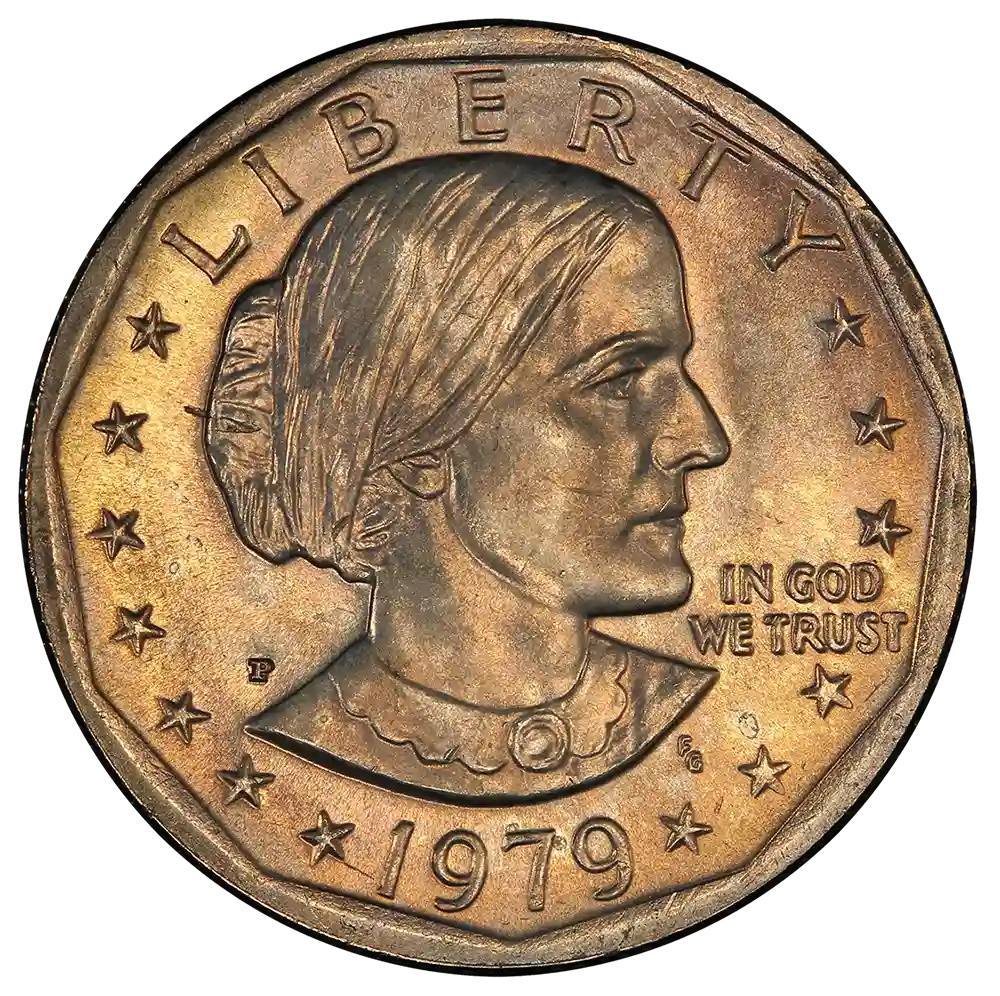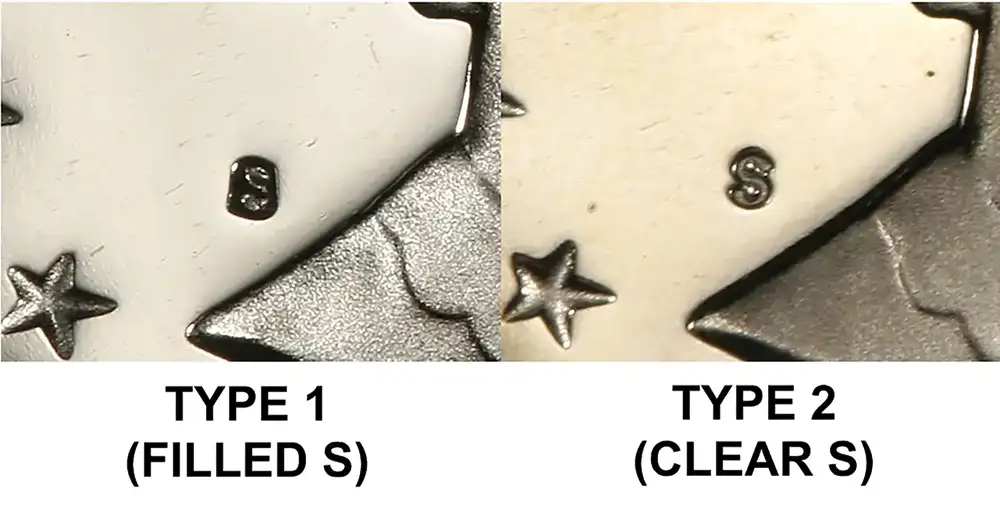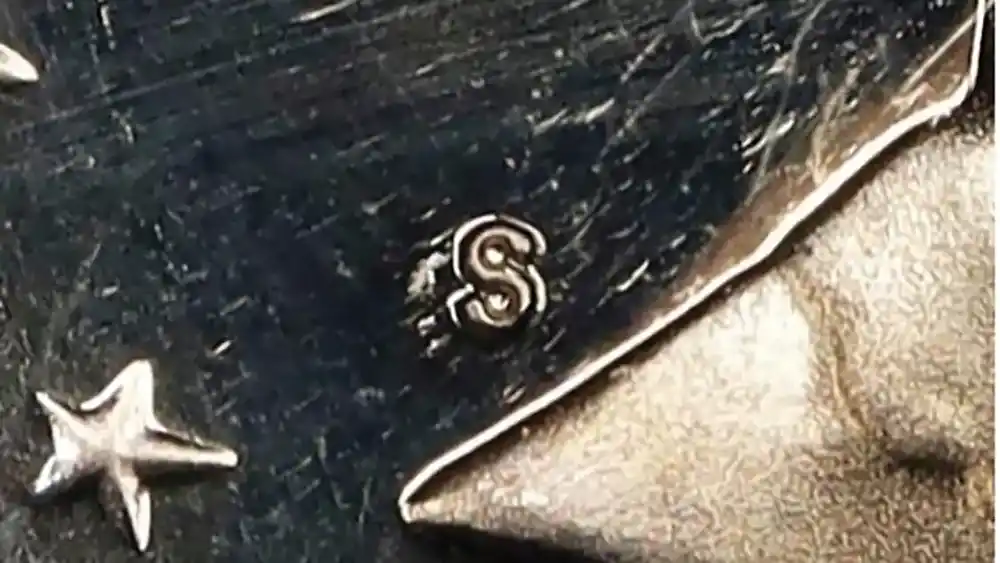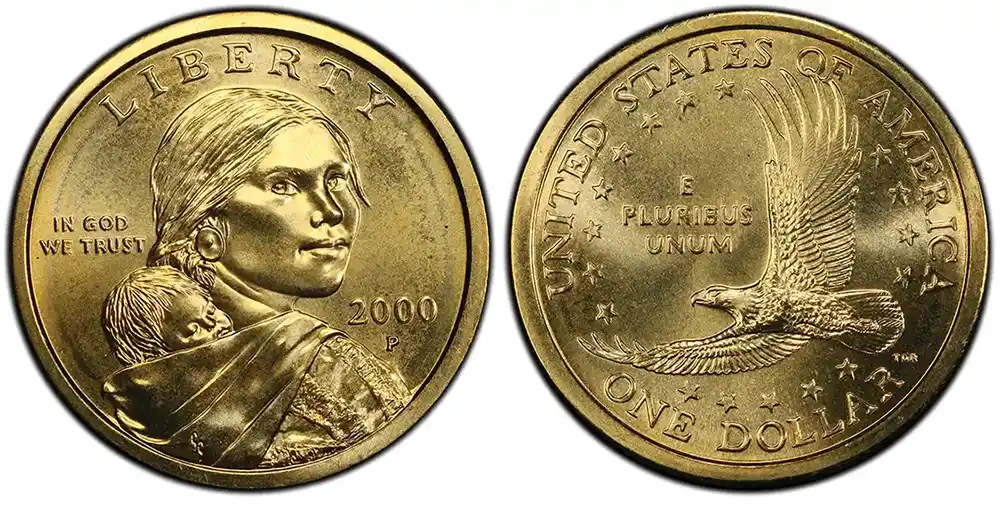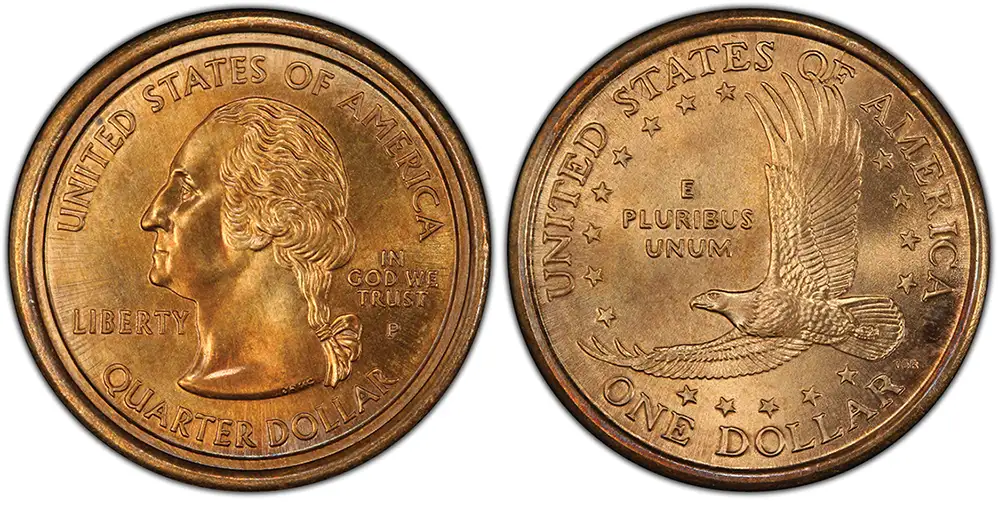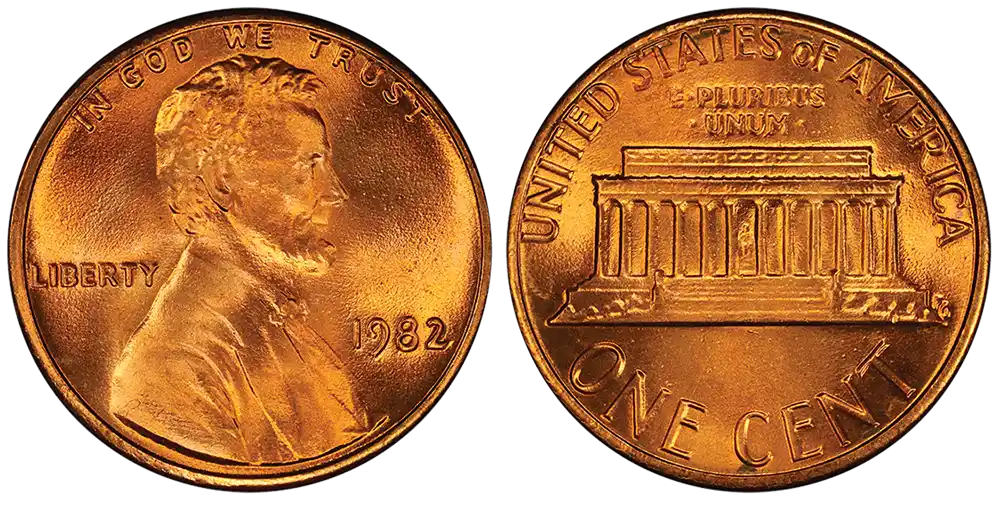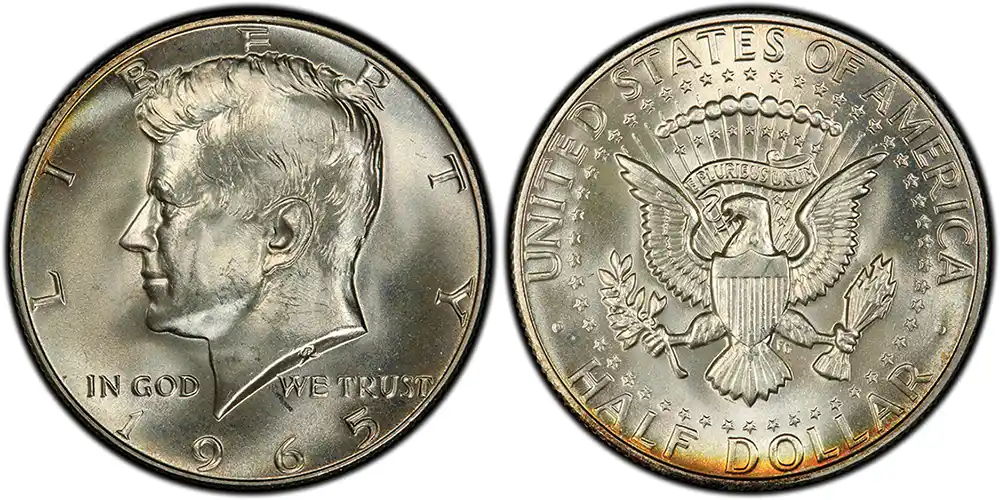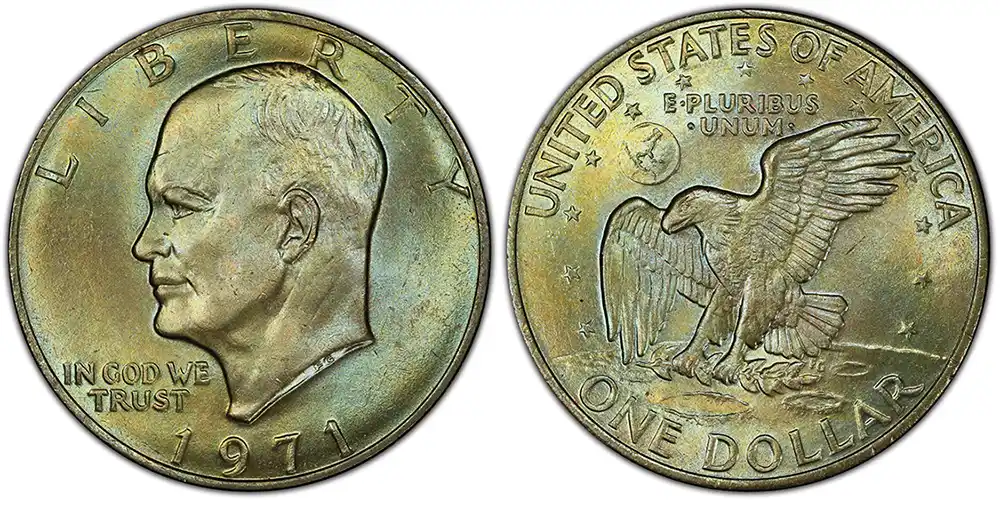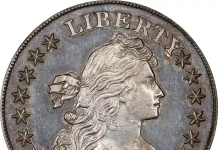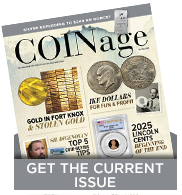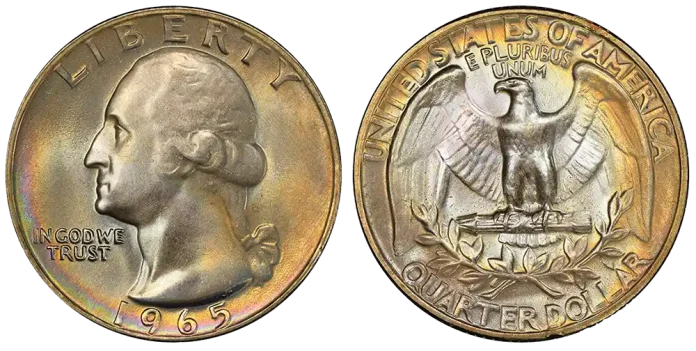
60 Years of Clad Coinage Offers Rarities Galore
The year 2025 marks the 60th anniversary of the United States Mint’s production of copper-nickel clad coinage. Rising silver prices in the early 1960s led to the widespread hoarding of 90% silver coinage, making it more valuable as bullion than spending money.
The Coinage Act of 1965 mandated the removal of silver from circulating dimes and quarters and reduction of silver content in the half dollar from 90% to 40%. Half dollars went to a cupro-nickel clad format in 1971 with the passage of a 1970 coinage law that also authorized the creation of the Eisenhower dollar—the largest copper-nickel clad ever struck for circulation in the United States to date.
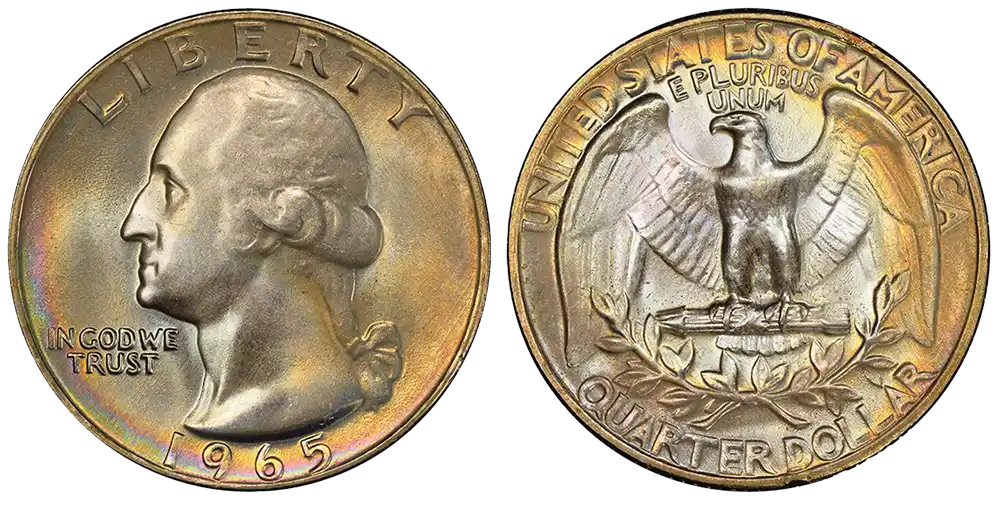
Many collectors were less than enthusiastic about the changes. Yet, those who embraced clad coinage know the plethora of exciting opportunities to collect rare and valuable modern coins that may be off the radars of many numismatic traditionalists.
There is at least one copper-nickel U.S. coin worth more than a half-million dollars. Many others are worth hundreds or thousands of dollars.
Getting the Lay of the Land
The U.S. Mint produces only one circulating denomination these days that is not a clad coin or one made from layers of metal. That lone non-clad coin is the nickel, which is struck from an alloy of 75% copper and 25% nickel.
Current dimes, quarters, half dollars and dollars carry a pure copper core sandwiched between two layers of 75% copper and 25% nickel. It’s safe to say that many people think of this specific composition first—and perhaps only—when any mention of clad coins comes up. However, these are hardly the only type of clad coin the U.S. Mint produces.
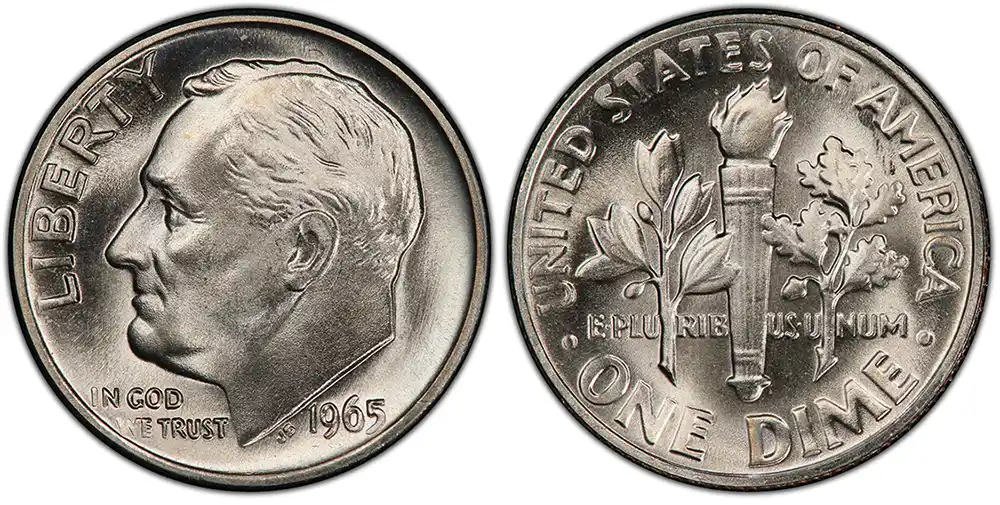
Even the Lincoln cent has been a clad coin since 1982, the year the denomination was switched from a bronze composition to a piece produced from a zinc core with copper coating. This zinc core is sometimes exposed on heavily worn or scratched post-1981 Lincoln cents. Some mistake the zinc contained within these contemporary “pennies” for silver, though no Lincoln cent has ever been struck from silver; not even the silvery-colored Lincoln cents of 1943 were made from silver. Rather, these wartime novelties are another type of clad coin made from a steel core and zinc outer coating.
The so-called “golden dollars” that were first released in 2000 and bear the portrait of the Shoshone woman Sacagawea carrying her infant son Jean-Baptiste are also a type of clad coin. Golden dollars, still struck to this day (now as non-circulating issues), are made with a copper core coated in manganese brass.
We must also remember that even the 40% silver coins struck by the U.S. Mint in the 1960s and 1970s are a type of clad coinage. These were struck using an inner core of 20.9% silver and 79.1% silver coated by outer layers containing an 80% silver, 20% copper profile.
Small-Denomination Modern Rarities
One of the rarest modern coins crossed the auction block in October of 2024. It was none other than the clad 1975 no-S proof Roosevelt dime, offering just two publicly known specimens. This ultra rarity hammered for $506,250 in a much-ballyhooed GreatCollections sale that enjoyed widespread attention.
There aren’t many six-figure clad coins out there, much less those worth more than a half-million dollars. However, there are multitudes of clad coins from the past 60 years that are worth a pretty penny. Speaking of “pretty pennies,” let’s start with two of the most valuable Lincoln cents this side of the copper-coated clad era: the Close AM varieties of 1992.
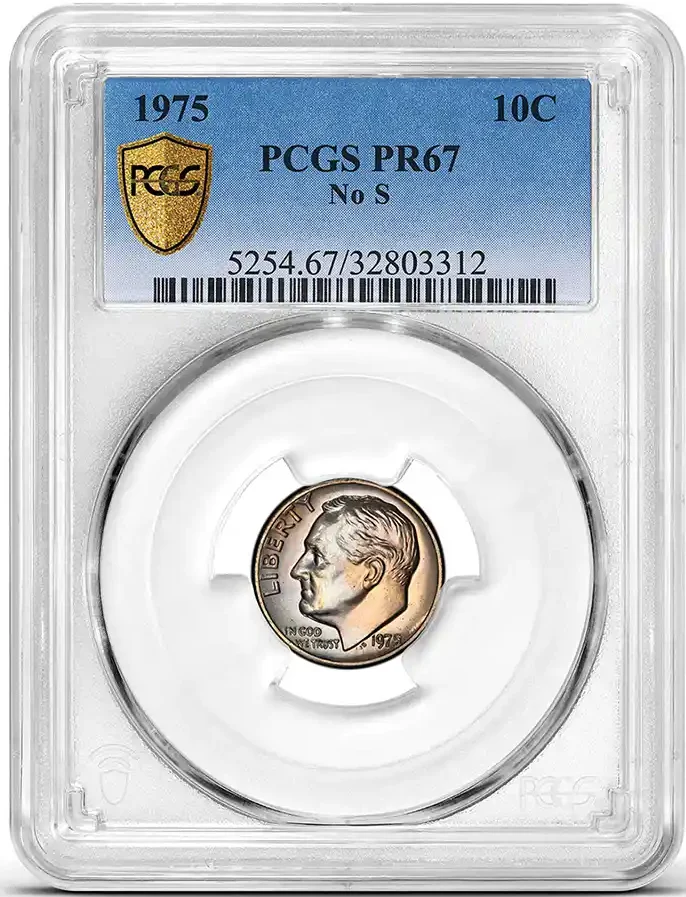
These circulation strikes from the Philadelphia and Denver Mints are transitional varieties—likely the result of experimental or trial strikes—sporting the reverse of 1993. The 1992 and 1992-D Close AM Lincoln cents are attributed by the bottoms of the letters “A” and “M” in “AMERICA,” which appear to nearly touch each other on the variety. The coin is ridiculously rare, with estimates numbering in the low dozens for each of the two varieties from the Philly and Denver Mints. Values start around $3,000 for circulated examples and reach beyond $15,000 for “Red” Mint State specimens.
Other notable zinc-based Lincoln cents are the 1983 doubled die reverse, 1984 doubled ear and 1995 doubled die obverse, worth approximately $450, $300 and $70 in Mint State-65 “Red.” Then there is the 1990 no-S proof Lincoln cent, a rarity valued at around $3,000 in Proof-67.

Moving past the alloyed nickel, we arrive at clad dimes. And while the 1975 no-S proof Roosevelt is a rarity among rarities, there are other missing-mintmark dimes worth looking for. These include the very rare 1968 no-S proof, a variety with perhaps a dozen survivors and a price tag of $20,000 in Proof-67. Less rare but of similar note are the 1970 no-S and 1983 no-S proofs, each worth about $650 in Proof-67.
A fifth Roosevelt dime was also produced sans mintmark: the 1982 no-mintmark circulation strike. These no-mintmark strikes turned up in circulation throughout parts of Pennsylvania and Ohio as well as the Northeast. The 1982 no-mintmark Roosevelt dime is worth roughly $75 and up.

Clad Quarters Shine Too
Among the various clad quarters struck since 1965, there are a few standouts. These include the 1976-D doubled die obverse Washington quarter, a significant variety bearing the Bicentennial design and a $500+ price tag to boot. Much more valuable is the 1977-D Washington quarter struck on a 40% silver clad planchet. This piece, a transitional error stemming from the 40% silver Bicentennial coinage of the mid-1970s, is a rarity that can easily eclipse $5,000.
A multitude of modestly priced yet fascinating varieties have been produced since the advent of the 50 State Quarters program in 1999. These include the 2004-D Wisconsin Extra Leaf High and Extra Leaf Low quarters, with prices of about $200 for the former and $175 for the latter in Mint State-65. The following year, the Philadelphia Mint struck dozens of different types of 2005-P Minnesota doubled die reverse quarters with various iterations of an “extra tree” a little to the right of the state outline; prices for these vary from a few bucks to more than $50.
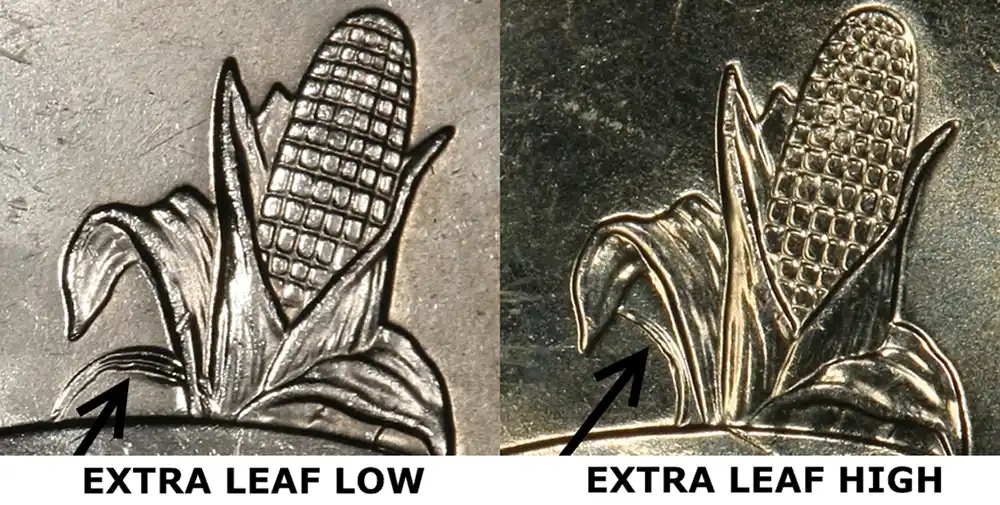
The 2009-D District of Columbia Quarter offers a cool doubled die reverse. This much-publicized doubled die shows drastic doubling of the letters “ELL” in pianist Duke Ellington’s name, doubling of the two left-most black keys and left area of the keyboard, parts of Ellington’s left thumb and the right side of his left arm. This significant doubled die exceeds $1,000 in Mint State grades.
Large-Size Clad Opportunities for Collectors
The Kennedy half dollar saw just one year of regular production in 90% silver before the clad era kicked off in earnest in 1965. Though lacking cost-prohibitive key dates, the Kennedy halves spawned a handful of neat oddities. Three of them are the so-called “No FG” halves, which lack the “FG” initials of reverse designer Frank Gasparro.
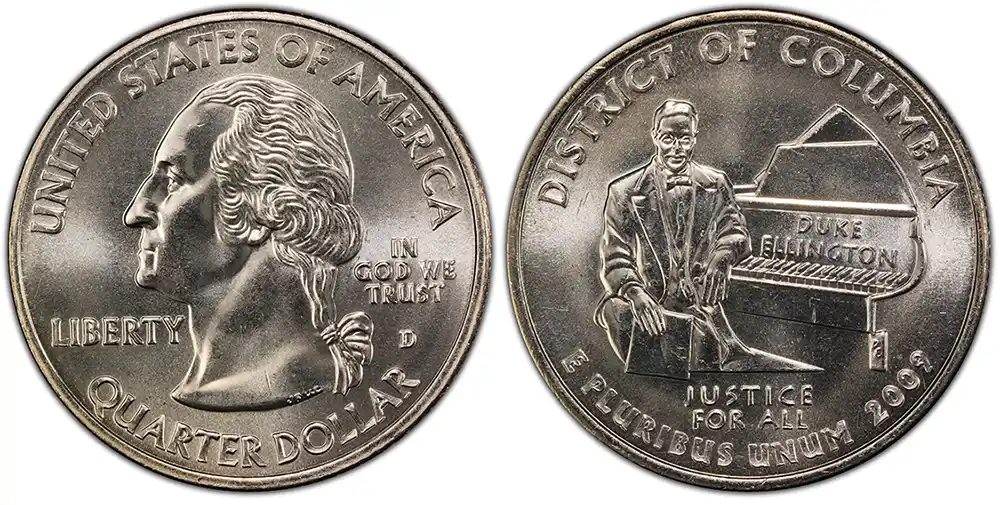
Heavy die polishing is theorized to have been the origin of this variety, which is seen on the 1966 SMS, 1972-D, and 1982-P half dollars; the 1966 has a value of around $200 in Specimen-65 and the 1982-P registers at $100 in Mint State-65, while the rarer 1972-D fetches some $3,000 in Mint State-65.
Another important Kennedy half dollar variety is the 1974-D doubled die obverse. Exhibiting perceptible spread in the legend “LIBERTY” and motto “IN GOD WE TRUST,” this coin takes about $125 in Mint State-65 and is the major doubled die of
the series.
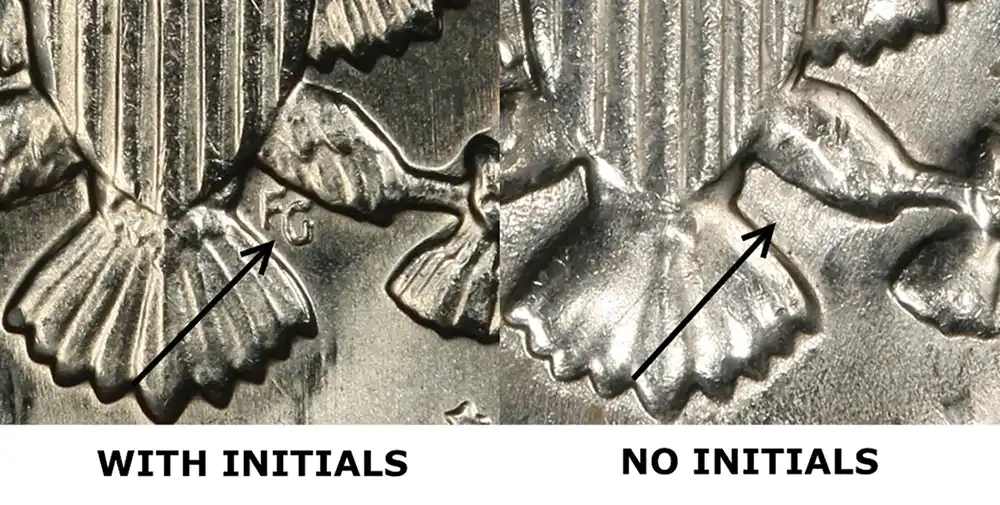
All clad Eisenhower dollar business strikes are scarce in grades of Mint State-66 and rare in Mint State-67 or better. These conditional rarities are the domain of set registry collectors who are building some of the best sets known for the series. Prices routinely traipse into the four and even five figures for examples in the better Mint State grades. But conditional rarities aren’t all this series has to offer.
Three different types of reverses observed on the 1972 Philadelphia strikes are a great curiosity to series specialists. The varieties, contingent on different geographical configurations on the planet Earth, are sought after by those who like Ike dollars. The Type 2 is especially scarce and commands around $1,500 in Mint State-65.

Small Dollars Offer Big Rewards
The critically panned Susan B. Anthony dollar lends a few points of interest to serious numismatists. The 1979-P Wide Rim is a noteworthy regular issue variant that is worth around $40 in Mint State-65. The well-known Type 2 proofs from 1979 and 1981 are usually included in basic sets and feature clearer “S” mintmarks than those seen on their respective Type 1 counterpart; the 1979-S Type 2 is a $30 coin in Proof-67 while the 1981-S Type 2 garners $90 in that same grade.
Susie B. dollar enthusiasts (and they are out there) also are aware of a so-called 1980-S proof repunched mintmark variety. The variety is listed in the biblical Cherrypickers’ Guide to Rare Die Varieties of United States Coins (by Bill Fivaz and J.T. Stanton, Whitman-CDN Publishing). However, some numismatists argue the anomaly merely shows evidence of die rust. Either way, this 1980-S proof oddity is rarely offered for sale. Spotty marketplace data suggests prices ranging anywhere from $80 to more than $500.

Some of the biggest prizes of the clad era hail from yet another small-sized dollar. When the Sacagawea dollar hit the streets in 2000, the public took notice—even if they scarcely used the coin. The 2000-P Boldly Detailed Tail Feathers variety, distributed by General Mills cereal brand Cheerios as part of a major promotion, is rare today and has a value of about $3,000 in Mint State-65.
A bigger prize wasn’t found at the bottom of a cereal box. It was discovered by Arkansas collector Tommy Bolack, who located a Sacagawea dollar carrying the obverse of a Washington quarter. Since the initial find by Bolack in May 2000, nearly 20 other examples of this extraordinarily rare mule error have surfaced. On the occasion they cross the auction block, they hammer for more than $100,000.
